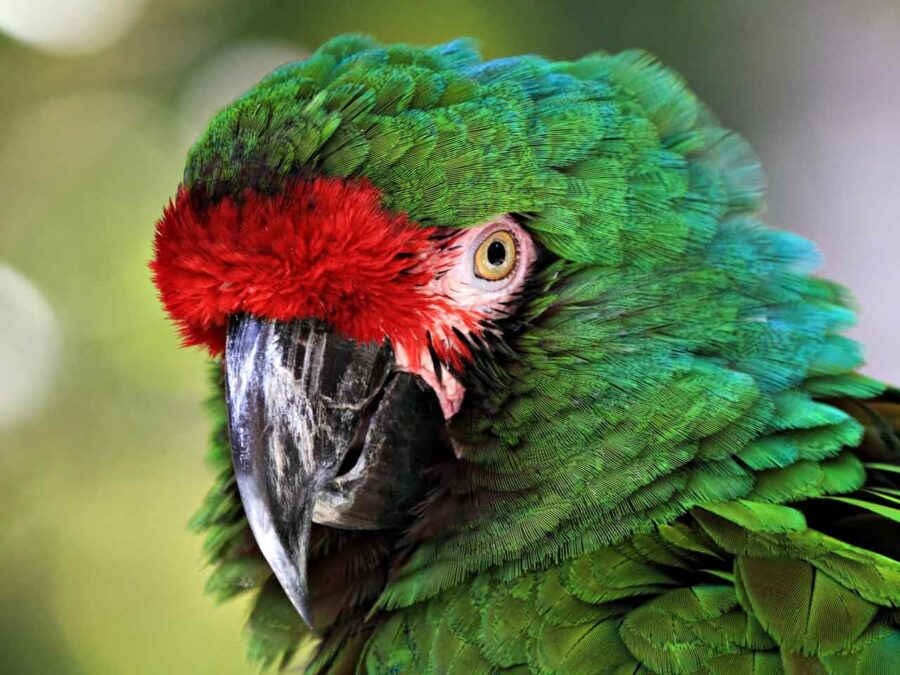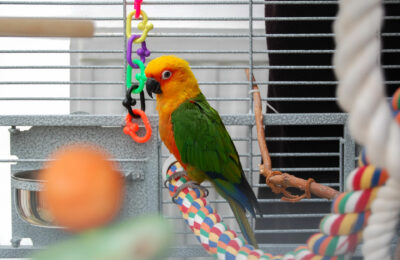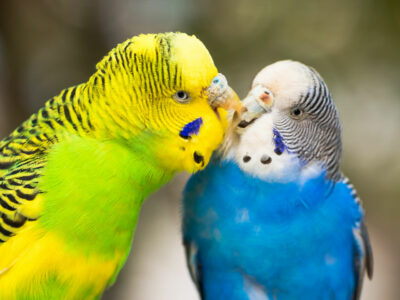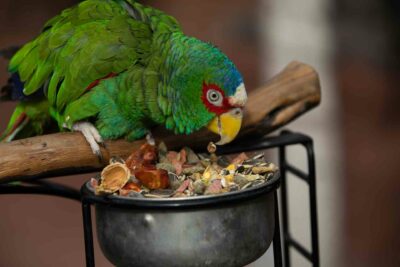
10 Steps to Bird-Proofing Your Home
Bringing a pet bird into your home is the start of an exciting and rewarding adventure—but it also carries several responsibilities, particularly when it comes to creating a safe environment for your new companion. Birds are naturally curious and may explore by chewing, climbing, or squeezing into unexpected spaces. Therefore, bird-proofing your home is essential in order to prevent accidents and keep your feathered friend healthy and happy. Here are ten crucial steps to take when bird-proofing your home:
1. Eliminate hazardous household products
Birds have sensitive respiratory systems, so strong-smelling products such as cleaning agents, air fresheners, and perfumes can be harmful. Avoid using products with chemicals near your bird, and opt for bird-safe cleaning products instead, including vinegar, baking soda, or other natural alternatives. In addition, be cautious of Teflon and other non-stick coatings on appliances, as they can emit toxic fumes when heated.
2. Be cautious with open flames and hot surfaces
Birds are sensitive to heat, fumes, and open flames, so take extra caution with stoves, candles, fireplaces, and space heaters. Never leave an open flame unattended, and keep all hot surfaces out of reach. Kitchen safety is particularly important since cooking fumes can be fatal to birds, particularly those from non-stick cookware. If you cook frequently, consider relocating your bird’s cage to an area far from the kitchen, and always ensure that there is adequate ventilation.
3. Remove toxic plants
Some houseplants are toxic to birds and should be kept out of reach or removed. Plants such as lilies, philodendrons, poinsettias, and ivy are dangerous if ingested. If you want to add greenery to your space, look for bird-safe plants like spider plants, pothos, or Boston ferns, which are non-toxic to birds. Be sure to double-check all plants you bring into your home to prevent accidental poisoning.
4. Secure windows and doors
Windows present a significant safety concern for pet birds, which may attempt to fly through the windows, potentially injuring themselves on the glass. To prevent this, consider using window clings, stickers, or blinds to help your pet recognize that windows are not open air. Additionally, always keep screens in good condition and ensure that they fit securely in the windows, as birds can easily push through loose screens. When using doors, be mindful that your bird may try to slip outside, so develop a habit of checking the bird’s location before opening doors.
5. Choose bird-safe materials
Birds may chew on anything within their reach, so ensure that objects around your home are made of safe, non-toxic materials. Avoid items that contain lead, zinc, or other toxic metals, as well as any plastic that could break into sharp pieces. It’s also a good idea to invest in bird-safe furniture and cage accessories. Many types of wood can be toxic, including cedar, oak, and redwood, so opt for bird-safe woods like pine, maple, or apple wood when choosing or building perches and other bird furniture.
6. Beware of gaps and small spaces
Birds, particularly those that are smaller in size, love exploring tight spaces. Check for any nooks or crannies where they might try to squeeze in, such as behind appliances, under furniture, or in shelves. Birds can get stuck or injured in these spots, so seal any areas they could potentially access. Consider covering open vents, electrical outlets, and gaps under doors. For larger birds, make sure they can’t wedge themselves between pieces of furniture or between furniture and walls, as this could lead to serious injuries.
7. Manage wires and cords
Birds are often attracted to electrical cords, which can be tempting to chew. Chewing on wires is dangerous as it can lead to electric shocks. Hide or cover cords wherever possible, or invest in cord protectors that make wires less accessible to curious beaks. Another option is to secure cords along walls or high out of reach, ensuring that they are safely away from areas where your bird might explore.
8. Limit access to small objects and jewelry
Birds are naturally drawn to shiny objects, which means that jewelry, buttons, and other small items can be dangerously attractive. Birds can easily swallow or choke on these items, so be sure to keep them stored securely out of reach. Keep in mind that larger birds can damage furniture and household items, so consider using drawers or cabinets that can be locked or securely closed.
9. Add enrichment in a safe way
Providing toys, perches, and climbing structures is an important way to keep your bird mentally stimulated, but ensure that all toys and accessories are bird-safe. Avoid toys with small parts that can be swallowed, and replace any damaged items right away. Safe bird toys typically include natural fibers like sisal, cotton rope (without loose threads), and untreated wood. Rotate toys to keep your bird engaged, but make sure that each new item is securely attached and bird-friendly.
10. Establish “bird-free” zones for added safety
Creating a designated area where your bird isn’t allowed can be helpful for certain spaces. For example, bathrooms can pose risks with open toilets, harmful products, and slippery surfaces. Similarly, laundry rooms may have chemicals or machines that could be dangerous if a bird accesses them. Setting clear boundaries around these areas will help keep your bird safe while allowing them freedom in bird-friendly zones.
Are you ready to take the exciting step of bringing a pet bird into your home? Take our bird matchmaker quiz to see which species may be a good fit for you, or check out our locator tool to find available birds in your area!





